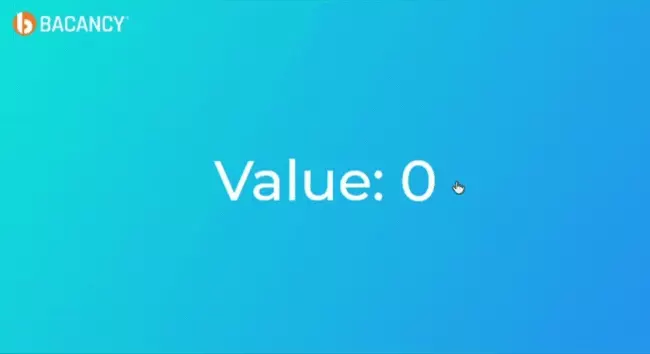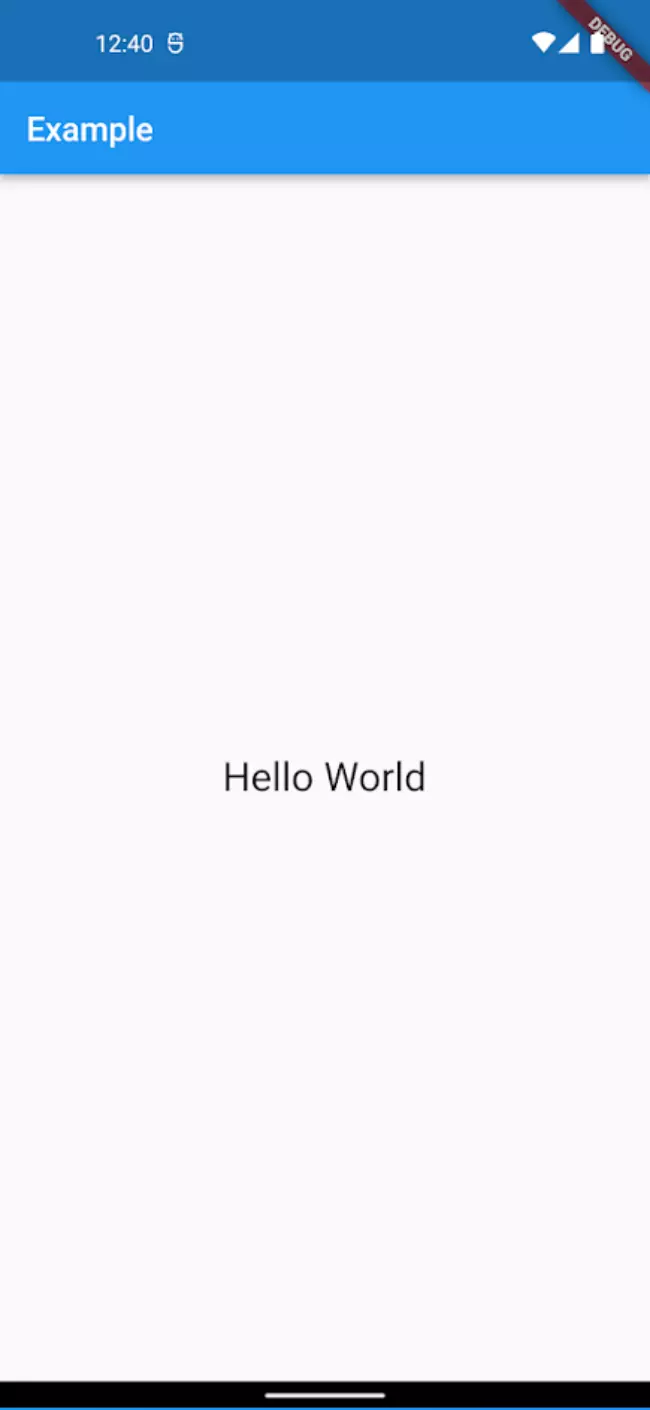Quick Summary:
This blog explores the Flutter Riverpod APIs and concepts using simple examples. It is one of the many ways to handle Flutter state management. We have covered the Riverpod Flutter tutorial, its usage, and the benefits of using Riverpod over Provider package.
Table of Contents
Introduction
For beginners, let us start with the basic conceptual understanding to Flutter state management, and the role of Flutter Riverpod repository. Basically, Flutter does take care of state management on its own, however, as your application grows and expands, you might need to share your app state with several classes.
There are numerous options that Flutter provides for managing the states of your application. And here, we are going to talk about Riverpod.
What is Riverpod Flutter?
Riverpod is a reactive caching framework for Flutter/Dart. It can automatically fetch, cache, combine and recompute network requests, while also taking care of errors for you. It is a reconstruction of the Provider package; meaning it reduces dependencies.
However, in the Riverpod vs Provider battle, the advatages of Riverpod over Provider are:
🟠 You will no longer get ‘provider not found’ exception
🟠 You can define global providers
🟠 You can significantly simplifying the combination of “providers”, instead of the tedious and error-prone ProxyProvider.
Uses of Riverpod Flutter:
🟠 Catch programming errors at compile-time rather than at runtime
🟠 Easily fetch, cache, and update data from a remote source
🟠 Perform reactive caching and easily update your UI
🟠 Depend on asynchronous or computed state
🟠 Write testable code and keeping logic outside the widget tree
🟠 Create, use, and combine providers with minimal boilerplate code
🟠 Dispose the state of a provider when it is no longer used
Do you wish to optimize your Flutter app performance by filtering widget rebuilds or caching expensive state computations?
Hire Flutter developer from us and they will effortlessly handle your app’s state and enhance its performance.
Installation of Flutter Riverpod
The primary step is to add the latest ‘flutter_riverpod’ to ‘pubspec.yaml’ file as a dependency.
ProviderScope
Once Riverpod is installed, we can wrap our root widget with a `ProviderScope`:

void main() {
// wrap the entire app with a ProviderScope so that widgets
// will be able to read providers
runApp(ProviderScope(
child: MyApp(),
));
}

`ProviderScope` is a widget that stores the state of all the providers we create
🟠 They completely replace design patterns such as singletons, service locators, dependency injection, and InheritedWidgets.
🟠 They allow you to store some state and easily access it in multiple locations.
🟠 They allow you to optimize performance by filtering widget rebuilds or caching expensive state computations.
🟠 They make your code more testable, since each provider can be overridden to behave differently during a test.
Creating and Reading a Provider
Here is a simple “Hello World” screen created using the Provider.

// provider that returns a string value final helloWorldProvider = Provider((ref) { return 'Hello world'; });
This is made of three things:
1. The declaration: `final helloWorldProvider` is the global variable that we will use to read the state of the provider
2. The provider: `Provider< String >` tells us what kind of provider we’re using (more on this below), and the type of the state it holds.
3. A function that creates the state. This gives us a `ref` parameter that we can use to read other providers, perform some custom dispose logic, and more.
To use this provider inside a widget, you will need a reference object. There are 3 ways to achieve that:
1. Using a ConsumerWidget
The simplest way is to use a `ConsumerWidget`:

final helloWorldProvider = Provider((_) => 'Hello world'); // 1. widget class now extends [ConsumerWidget] class HelloWorldWidget extends ConsumerWidget { @override // 2. build method has an extra [WidgetRef] argument Widget build(BuildContext context, WidgetRef ref) { // 3. use ref.watch() to get the value of the provider final helloWorld = ref.watch(helloWorldProvider); return Text(helloWorld); } }
2. Using a Consumer
As an alternative, we can wrap our `Text` widget with a `Consumer`:

final helloWorldProvider = Provider((_) => 'Hello world'); class HelloWorldWidget extends StatelessWidget { @override Widget build(BuildContext context) { // 1. Add a Consumer return Consumer( // 2. specify the builder and obtain a WidgetRef builder: (_, WidgetRef ref, __) { // 3. use ref.watch() to get the value of the provider final helloWorld = ref.watch(helloWorldProvider); return Text(helloWorld); }, ); } }
3. Using ConsumerStatefulWidget & ConsumerState

final helloWorldProvider = Provider((_) => 'Hello world'); // 1. extend [ConsumerStatefulWidget] class HelloWorldWidget extends ConsumerStatefulWidget { @override ConsumerState createState() => _HelloWorldWidgetState(); } // 2. extend [ConsumerState] class _HelloWorldWidgetState extends ConsumerState { @override void initState() { super.initState(); // 3. if needed, we can read the provider inside initState final helloWorld = ref.read(helloWorldProvider); print(helloWorld); // "Hello world" } @override Widget build(BuildContext context) { // 4. use ref.watch() to get the value of the provider final helloWorld = ref.watch(helloWorldProvider); return Text(helloWorld); } }

Conclusion
Riverpod is a sane solution to resolve Flutter state management problems, and is surely a better method as compared to Provider. It overcomes the drawbacks of Provider and it turns out to enable a strong architecture for your Flutter application. Get in touch with the best Flutter app development company to leverage this state management solution.
Frequently Asked Questions (FAQs)
Here are the different types of Providers,
🟠 Provider
🟠 StateProvider
🟠 StateNotifierProvider
🟠 FutureProvider
🟠 StreamProvider
🟠 ChangeNotifierProvider (legacy)
🟠 NotifierProvider
🟠 AsyncNotifierProvider
The only hurdle in using Riverpod Flutter is that there is no documentation available, so developers may find some hustle to disentangle.
Yes, Flutter Riverpod provides good state management and dependency injection in Flutter.
Your Success Is Guaranteed !
We accelerate the release of digital product and guaranteed their success
We Use Slack, Jira & GitHub for Accurate Deployment and Effective Communication.





